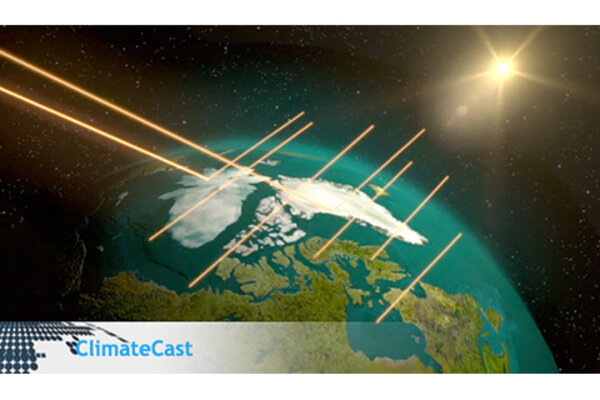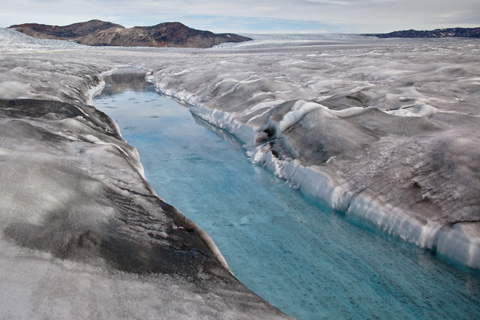
In the 2011 Arctic Report Card, scientists report that the bright white surface of the Greenland Ice Sheet has grown less reflective. The darker surface absorbs more sunlight, accelerating melting.
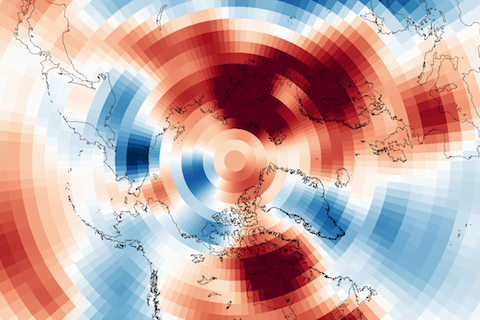
Climate forecasters often describe the Arctic Oscillation as the “wild card” of the winter forecast. So far in 2011, the Arctic Oscillation has been in its positive phase, playing the card that favors a milder winter in the eastern United States.
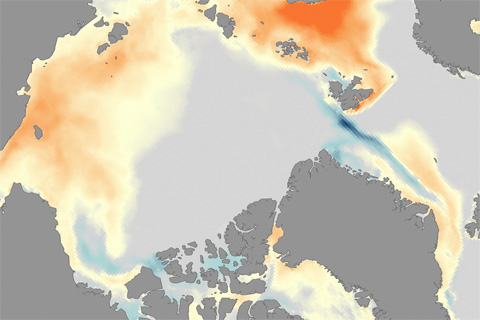
Phytoplankton productivity has increased 20 percent over the past decade as sea ice extent declines and more open water habitat is available.
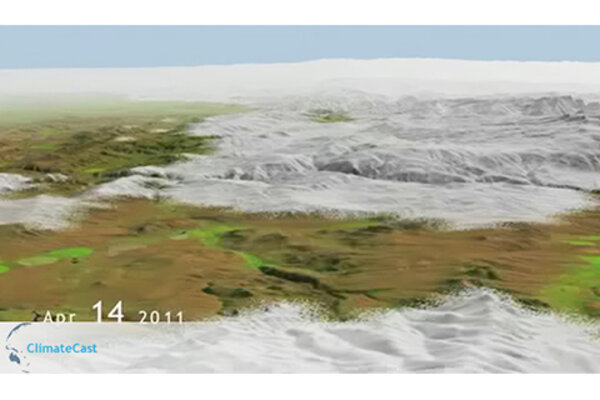
Missouri River Flooding 2011: Climate Sets the Stage
November 23, 2011

Molly Heller is part of a team of scientists who processes flasks of air samples in NOAA’s Earth System Research Laboratory in Boulder, CO. Week in and week out, Heller and her colleagues unpack sealed glass flasks shipped back to Boulder from dozens of remote sites around the world. What’s inside is priceless: air captured from a site near Tasmania’s Cape Grim; from Summit, Greenland; the Canary Islands; the South Pole.
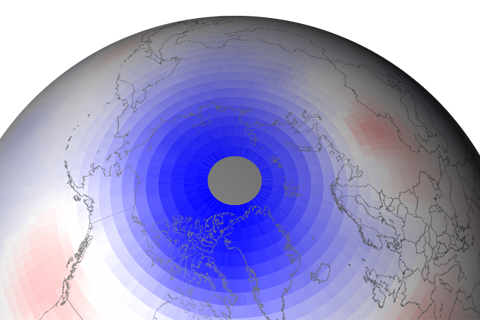
Compared to the large ozone hole that forms over Antarctica each year, Arctic ozone loss has generally been much more limited. But in 2011, Arctic ozone declined to surprisingly low levels. What did climate have to do with it?
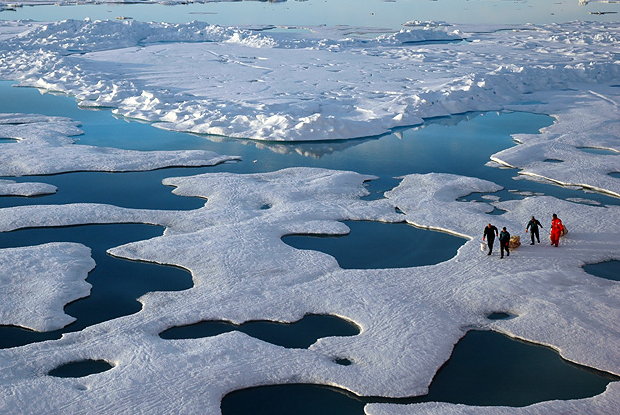
Each summer, the seasonal unraveling of the Arctic’s blanket of ice exposes large areas of the ocean to solar heating. The smaller the ice extent, the larger the potential warming influence. Arctic sea ice extent in July 2011 was the lowest for that month in the satellite record.

2010 Began with El Niño, Ended with La Niña
August 9, 2011
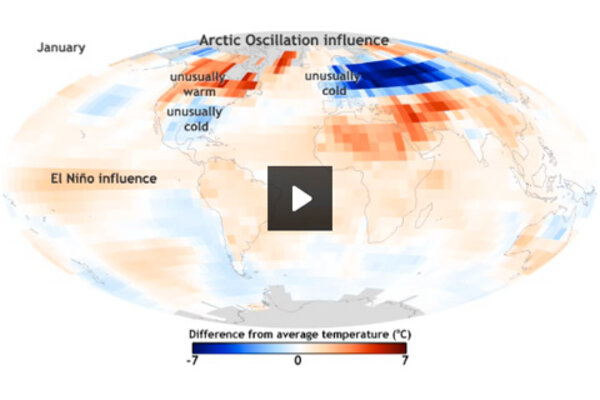
Hot & Cold: Monthly Temperature Anomalies in 2010
August 9, 2011
